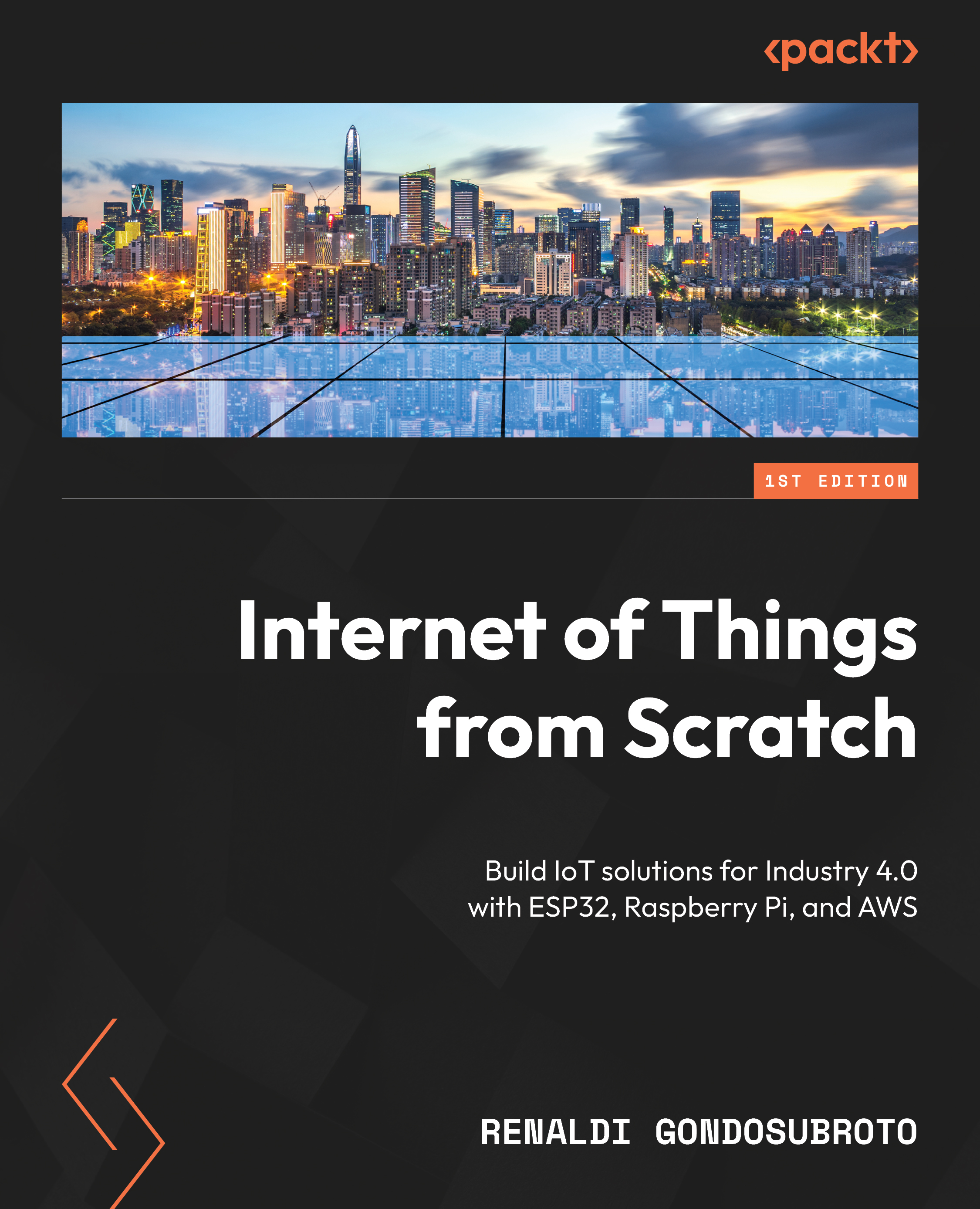The current state of risk and security within IoT
As IoT technology continues to evolve and expand into new areas of our lives, it is critical that we understand the current state of risk and security within IoT networks. In this section, we will explore the current landscape of IoT security, including the most common types of IoT security threats and the current state of IoT security standards and regulations. We will also discuss best practices for securing IoT networks and devices, as well as challenges and opportunities for improving IoT security in the future. We can start off by taking a look at how security encompasses IoT in Figure 11.1:

Figure 11.1 – Overview of how security encompasses IoT
Figure 11.1 presents a structured overview of the current state of risk and security within IoT. The diagram is segmented into four main columns, representing distinct aspects of IoT: Device, Communications, Cloud platform and services, and Use Cases...


























































